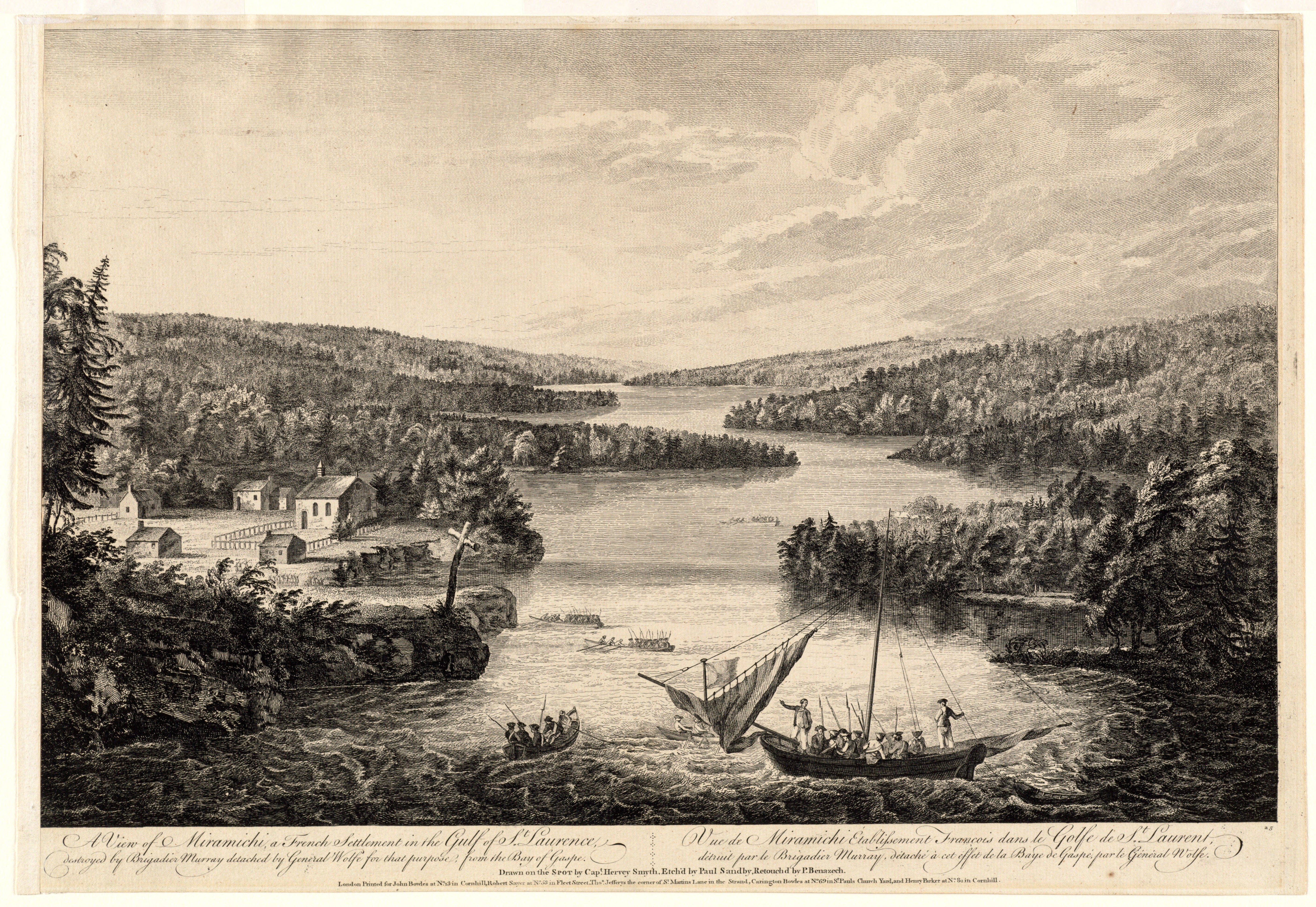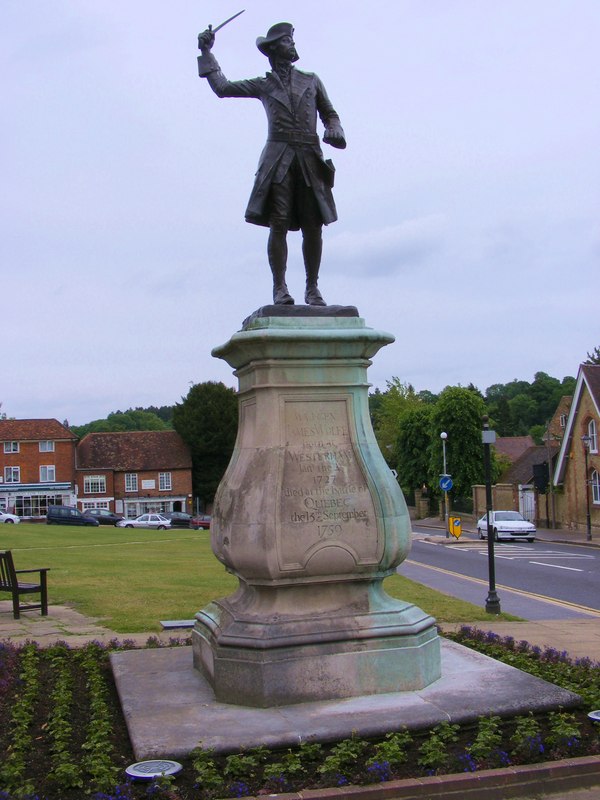|
Burnt Church First Nation
''Eskɨnuopitijk'' or ''Esgenoôpetitj'' ( Burnt Church Band or Burnt Church First Nation ) is a Mi'kmaq First Nation band government in New Brunswick, Canada, centred south of the community of Lagacéville (approximately 4.5 km) and southwest of the village of Neguac (approximately 7 km) on Miramichi Bay. It covers two Indian reserves in Northumberland County ( Esgenoôpetitj 14, previously Burnt Church 14, and Tabusintac 9) and two reserves in Gloucester County ( Pokemouche 13) ( Pabineau). The population was 1,715 as of 2011. The Mi'kmaq call Burnt Church ''Esgenoôpetitj'', which means "a lookout". History The lands at Burnt Church have long been occupied by First Nations peoples, long before European colonizers first plundered the Atlantic Coast of Canada. As William Francis Ganong notes, ''"a map by Sieur I'Hermitte, ... shows there was a village here in 1727."'' [...More Info...] [...Related Items...] OR: [Wikipedia] [Google] [Baidu] |
New Brunswick
New Brunswick (french: Nouveau-Brunswick, , locally ) is one of the thirteen provinces and territories of Canada. It is one of the three Maritime provinces and one of the four Atlantic provinces. It is the only province with both English and French as its official languages. New Brunswick is bordered by Quebec to the north, Nova Scotia to the east, the Gulf of Saint Lawrence to the northeast, the Bay of Fundy to the southeast, and the U.S. state of Maine to the west. New Brunswick is about 83% forested and its northern half is occupied by the Appalachians. The province's climate is continental with snowy winters and temperate summers. New Brunswick has a surface area of and 775,610 inhabitants (2021 census). Atypically for Canada, only about half of the population lives in urban areas. New Brunswick's largest cities are Moncton and Saint John, while its capital is Fredericton. In 1969, New Brunswick passed the Official Languages Act which began recognizing French as ... [...More Info...] [...Related Items...] OR: [Wikipedia] [Google] [Baidu] |
Burnt Church, C
Burned or burnt may refer to: * Anything which has undergone combustion * Burned (image), quality of an image transformed with loss of detail in all portions lighter than some limit, and/or those darker than some limit * ''Burnt'' (film), a 2015 drama film starring Bradley Cooper * ''Burned'' (album), 1995 album by Electrafixion * "Burned" (''Arrow''), an episode of ''Arrow'' * "Burned" (''CSI: Miami''), an episode of ''CSI: Miami'' * "Burned" (''Justified''), an episode of ''Justified'' * "Burned" (''The Twilight Zone''), a 2003 episode of ''The Twilight Zone'' * ''Burned'' (Hopkins novel), a 2005 novel by Ellen Hopkins * ''Burned'' (Cast novel), a 2010 novel by P. C. Cast * ''Burned'' (TV series), 2003 MTV television series * "Burned", a song written by Neil Young on the eponymous ''Buffalo Springfield'' album * "Burned", a song by Hilary Duff from ''Dignity'', 2007 * "Burnt", a song by Spratleys Japs from ''Pony'', 1999 See also *Burning (other) Burning is ... [...More Info...] [...Related Items...] OR: [Wikipedia] [Google] [Baidu] |
Bay Du Vin, New Brunswick
Bay du Vin is a small but picturesque unincorporated community located on the south shore of Miramichi Bay, 24 km east of the former town of Chatham (now a part of Miramichi), New Brunswick, Canada. It is suggested that its name comes from a corruption of the French "Baie de Vents" meaning "Bay of Winds" rather than the widely supposed "Bay of Wine" in the literal translation. History The community is reputed to be the oldest European settlement in Northumberland County, New Brunswick, having been established by French settlers from St. Malo, France in 1672. They established their community along the south shore of Miramichi Bay, just east of Gardiners Point. With some of the deepest water along Miramichi Bay, Bay du Vin was one of the most important early settlements in the region. Eventually there were close to fifteen buildings and a chapel, later destroyed by English settlers. English destroyed the village during the Gulf of St. Lawrence Campaign (1758) of the ex ... [...More Info...] [...Related Items...] OR: [Wikipedia] [Google] [Baidu] |
Acadian
The Acadians (french: Acadiens , ) are an ethnic group descended from the French who settled in the New France colony of Acadia during the 17th and 18th centuries. Most Acadians live in the region of Acadia, as it is the region where the descendants of a few Acadians who escaped the Expulsion of the Acadians (aka The Great Upheaval / ''Le Grand Dérangement'') re-settled. Most Acadians in Canada continue to live in majority French-speaking communities, notably those in New Brunswick where Acadians and Francophones are granted autonomy in areas such as education and health. Acadia was one of the 5 regions of New France. Acadia was located in what is now Eastern Canada's Maritime provinces, as well as parts of Quebec and present-day Maine to the Kennebec River. It was ethnically, geographically and administratively different from the other French colonies and the French colony of Canada (modern-day Quebec). As a result, the Acadians developed a distinct history and culture. ... [...More Info...] [...Related Items...] OR: [Wikipedia] [Google] [Baidu] |
Miramichi, New Brunswick
Miramichi () is the largest city in northern New Brunswick, Canada. It is situated at the mouth of the Miramichi River where it enters Miramichi Bay. The Miramichi Valley is the second longest valley in New Brunswick, after the Saint John River Valley. Neighbourhoods The city of Miramichi was formed in 1995 through the forced amalgamation of two towns, Newcastle and Chatham, and several smaller communities, including Douglastown, Loggieville, and Nelson. Also the local service districts of Nordin, Moorefield, Chatham Head, and Douglasfield. The amalgamation also included portions of the former local service district of Ferry Road-Russellville (Now separated and merged with Lower Newcastle-Russellville) and portions of Chatham Parish, Glenelg Parish and Nelson Parish. History Mi'kmaq and French communities (before 1765) Long prior to European settlement, the Miramichi region was home to members of the Mi'kmaq first nation. For the Mi'kmaq, Beaubears Island, at the ... [...More Info...] [...Related Items...] OR: [Wikipedia] [Google] [Baidu] |
James Murray (Quebec Governor)
General James Murray (20 January 1721 – 18 June 1794) was a British Army officer and colonial administrator who served as the governor of Quebec from 1760 to 1768 and governor of Minorca from 1778 to 1782. Born in Ballencrieff, East Lothian, Murray travelled to North America and took part in the French and Indian War. After the conflict, his administration of the Province of Quebec was noted for its successes, being marked by positive relationships with French Canadians, who were reassured of the traditional rights and customs. Murray died in Battle, East Sussex in 1794. Early life Born in Ballencrieff, East Lothian, Murray was a younger son of Lord Elibank Alexander Murray, 4th Lord Elibank, and his wife, Elizabeth Stirling. His cousin with two children was Alexander Murray (British Army officer, died 1762) Alexander Murray who served in Nova Scotia. Educated in Haddington, East Lothian Haddington, and Selkirk, Scottish Borders Selkirk, he began his military career in ... [...More Info...] [...Related Items...] OR: [Wikipedia] [Google] [Baidu] |
James Wolfe
James Wolfe (2 January 1727 – 13 September 1759) was a British Army officer known for his training reforms and, as a major general, remembered chiefly for his victory in 1759 over the French at the Battle of the Plains of Abraham in Quebec. The son of a distinguished general, Edward Wolfe, he received his first commission at a young age and saw extensive service in Europe during the War of the Austrian Succession. His service in Flanders and in Scotland, where he took part in the suppression of the Jacobite Rebellion, brought him to the attention of his superiors. The advancement of his career was halted by the Peace Treaty of 1748 and he spent much of the next eight years on garrison duty in the Scottish Highlands. Already a brigade major at the age of 18, he was a lieutenant-colonel by 23. The outbreak of the Seven Years' War in 1756 offered Wolfe fresh opportunities for advancement. His part in the aborted raid on Rochefort in 1757 led William Pitt to appoint him seco ... [...More Info...] [...Related Items...] OR: [Wikipedia] [Google] [Baidu] |
Gulf Of St
A gulf is a large inlet from the ocean into the landmass, typically with a narrower opening than a bay, but that is not observable in all geographic areas so named. The term gulf was traditionally used for large highly-indented navigable bodies of salt water that are enclosed by the coastline. Many gulfs are major shipping areas, such as the Persian Gulf, Gulf of Mexico, Gulf of Finland, and Gulf of Aden The Gulf of Aden ( ar, خليج عدن, so, Gacanka Cadmeed 𐒅𐒖𐒐𐒕𐒌 𐒋𐒖𐒆𐒗𐒒) is a deepwater gulf of the Indian Ocean between Yemen to the north, the Arabian Sea to the east, Djibouti to the west, and the Guardafui Chann .... See also * References External links * {{Authority control Bodies of water Coastal and oceanic landforms Coastal geography Oceanographical terminology ... [...More Info...] [...Related Items...] OR: [Wikipedia] [Google] [Baidu] |
William Francis Ganong
William Francis Ganong, M.A., Ph.D., LL.D., F.R.S.C., (19 February 1864 - 7 September 1941) was a Canadian biologist botanist, historian and cartographer. His botany career was spent mainly as a professor at Smith College in Northampton, Massachusetts. In his private life he contributed to the historical and geographical understanding of his native New Brunswick. Early life and education He was born in Carleton (now West Saint John), New Brunswick, in 1864, the eldest of seven children. He is the brother of Susie, Arthur, Edwin, and Kit Ganong Whidden. At the age of seven, the family moved to St. Stephen where his father, James Harvey Ganong and uncle Gilbert Ganong established the now-famous Ganong Brothers candy factory. It was expected that young William would enter the family business when he came of age, but early on, he showed an interest in the natural world. These interests extended to botany, reading, maps, and exploring the countryside. He also showed a talent ... [...More Info...] [...Related Items...] OR: [Wikipedia] [Google] [Baidu] |





